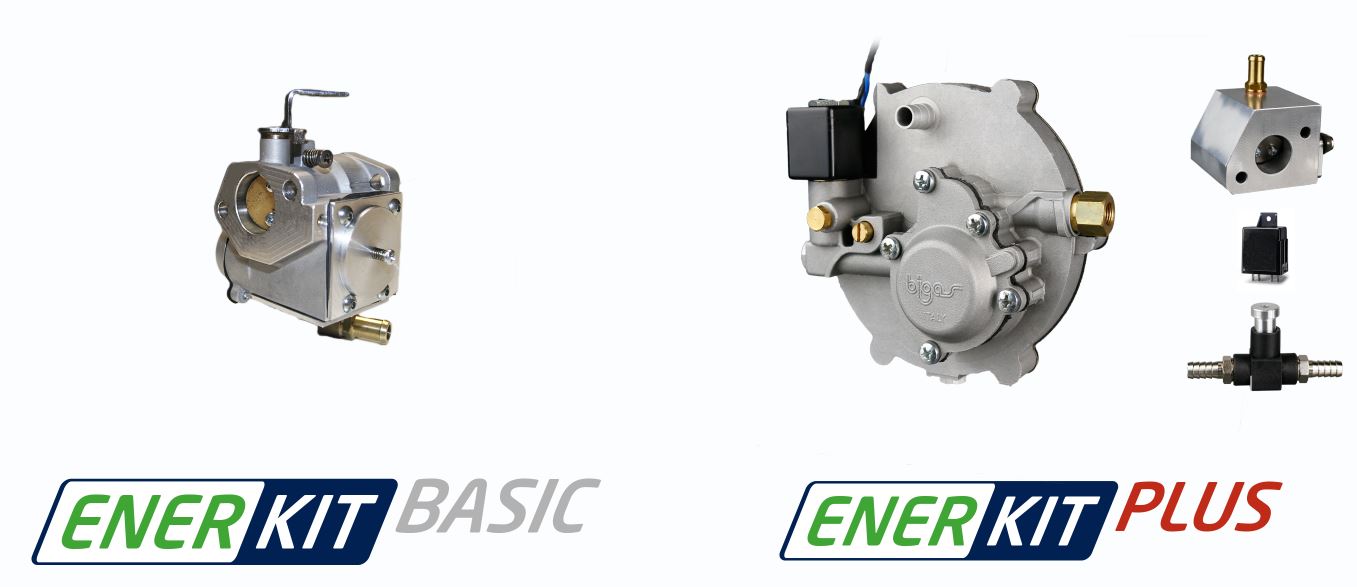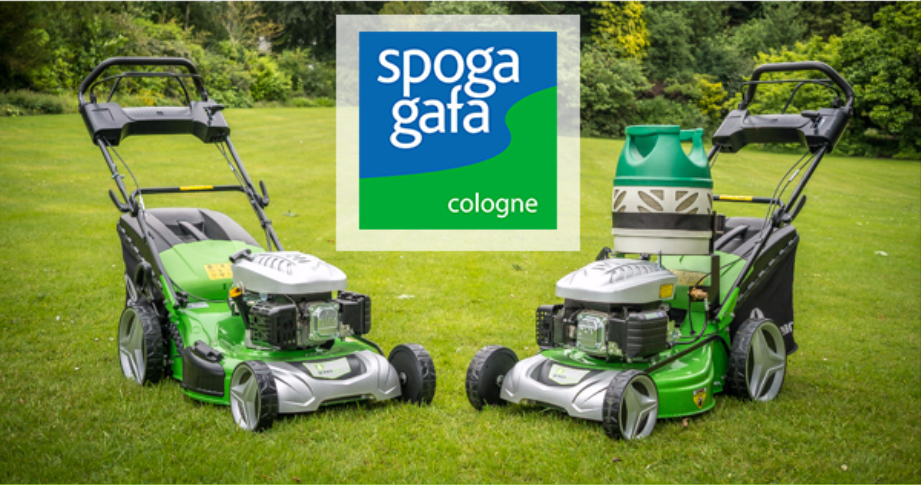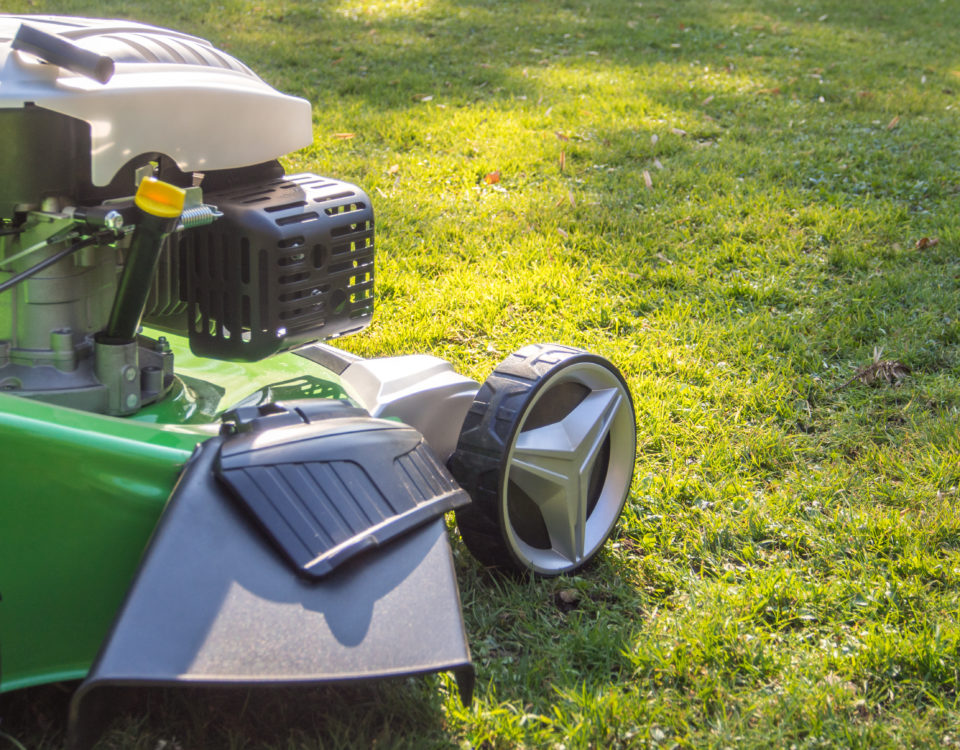
Greengear chooses Cavagna Italian technology of new ENERKIT Line
April 3, 2014
Greengear will be at AEGPL Congress 2014 in Genova 14 – 15 May
May 13, 2014Taking care of a lawn can be environmentally friendly. Here are some tips on how to save time and money, respecting the environment, as well.
All green thumbs know that, with the arrival of spring, there are some precautions to follow to ensure your own lawn may awaken from a long, hard winter and grow lush.The most important thing is to fertilize it. In this way, the lawn can grow healthier, with a better root system to combat climatic and mechanical stress (for exemple, mowing and foot traffic).A good time to fertilize is early March/April, when the roots need to get stronger before the growing period. A second fertilization at the beginning of Autumn is then enough, in order to prepare for an early spring green up and a healthier lawn the following year. No less important is watering, that should be accurate for developing a deep root system and make the lawn more drought resistant.
What’s important to know is that even these two simple lawn care tasks can have a major impact on the environment. In fact, according to a study of the U.S. National Wildlife Federation:
– 30% of the water goes to watering lawns on the East Coast and about 60 % on the West Coast;
– 18% of municipal solid waste is composed of yard waste;
– More than 70 million tons of fertilizers and pesticides are used in residential lawns and gardens annually;
– A gas lawn mower emits 10-12 times per hour as much hydrocarbons as a traditional car. A weedeater emits 21 times more, and a leaf blower 34 times;
– Where pesticides are used, 60-90% of earthworms, which are very important for soil, are killed.
Having a natural healthy lawn means not just to make your neighbors turn green with envy but, more importantly, to reduce the use of chemical fertilizers considerably.It is possible to have a lush lawn, while respecting the environment and preserving water consumption just following some simple rules. Here are some examples:
– water early in the morning, before the heat of mid-day, in order to minimize evaporation. In this way the lawn has the entire day to dry. Water only when the grass dulls in colour or begins to wilt;
– leaving grass clippings on the lawn provides nutrients (nitrogen, phosphorus, water) equivalent to an application of fertilizer. This also saves hauling yard waste to the landfill;
– sharpen the mower blades at least once a year;
– learn from weeds: observing the weeds and soil where they grow, you can adjust the soil acidity to prevent them from growing;
– use slow-release fertilizers and with non soluble nitrogen to allow the roots to absorb the nutrients without being washed away with water or rain risking, at the same time, to pollute ground water supply;
– reduce pesticides and herbicides to a minimum and, where possible, replace them with natural remedies;
– hand rake if the clippings are too long. The leaves can be added to make an organic compost for the garden;
– using propane-powered lawn mower ensures complete respect for the environment with a drastic reduction of polluting emissions, smoke and unpleasant odors. The propane fuel is totally reliable, available in safe, easy to replace and store. In fact, it uses cylinders that don’t require dangerous refilling from canisters or tanks.
The propane lown mower benefits not only the environment but your pokets, as well. In fact, it allows you to save up to 40% on fuel costs, while maintaining engine performance and increasing durability.





